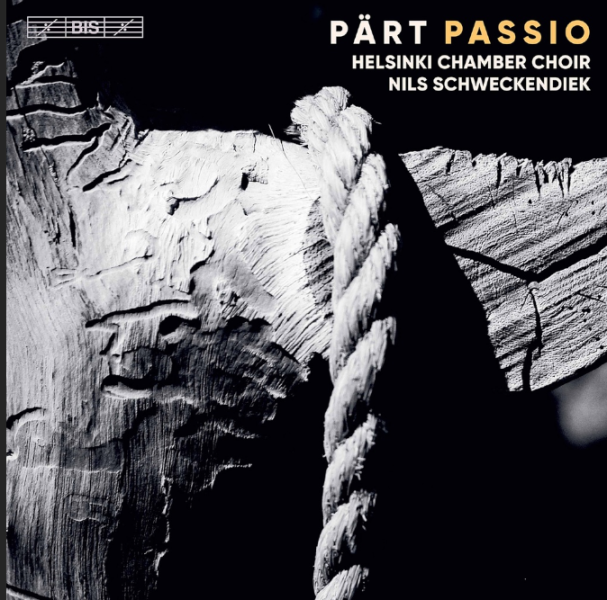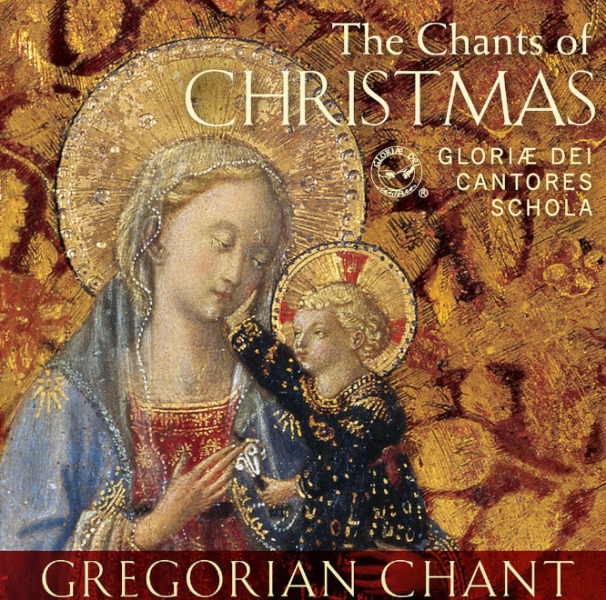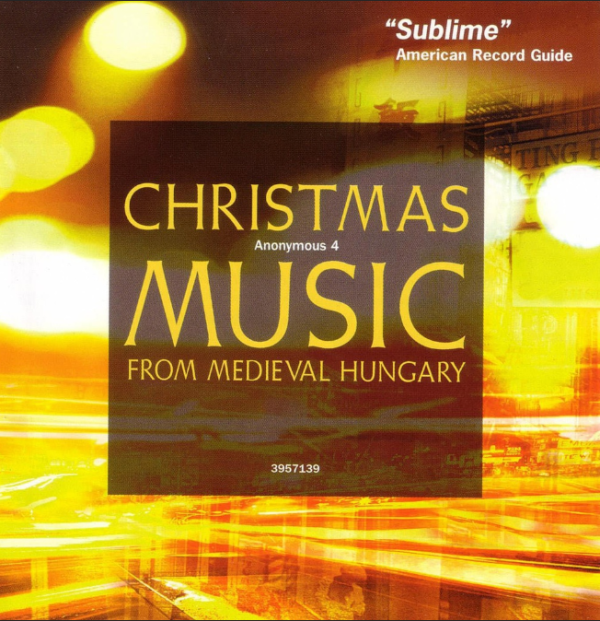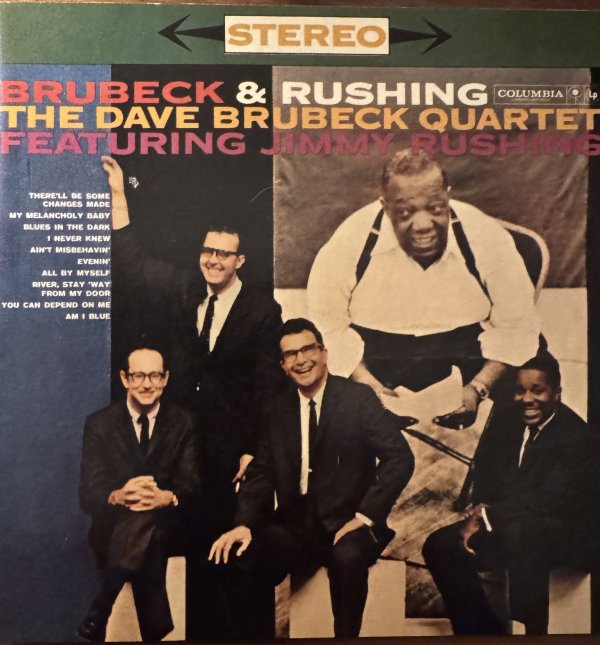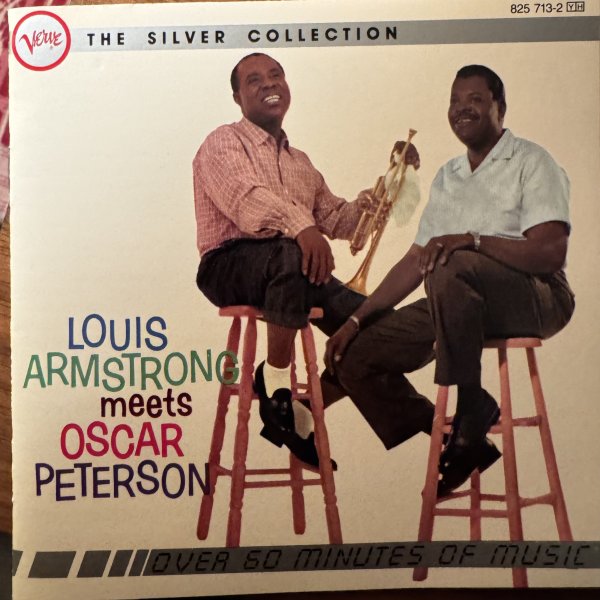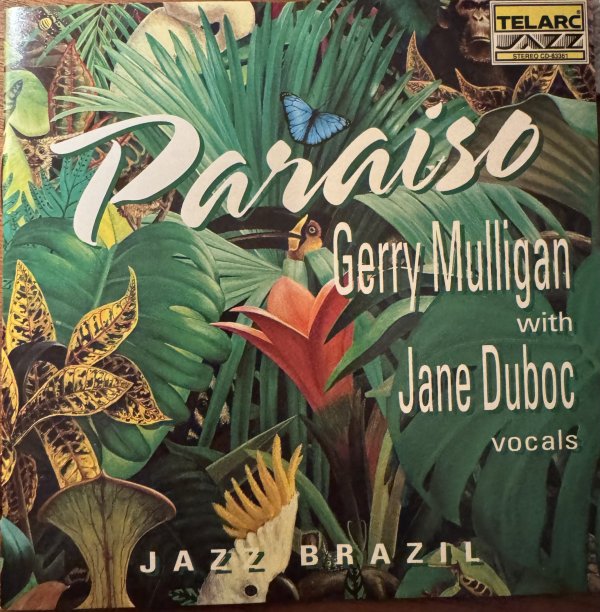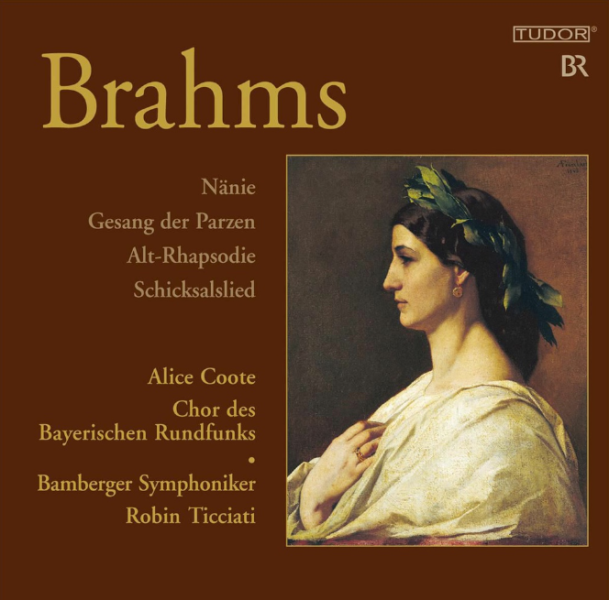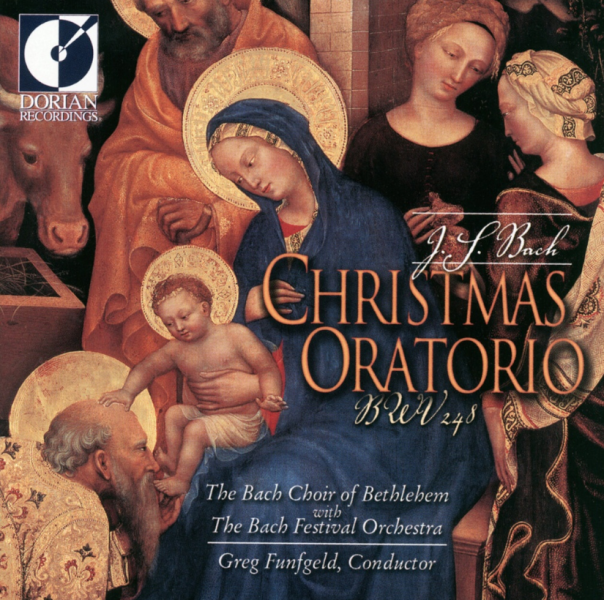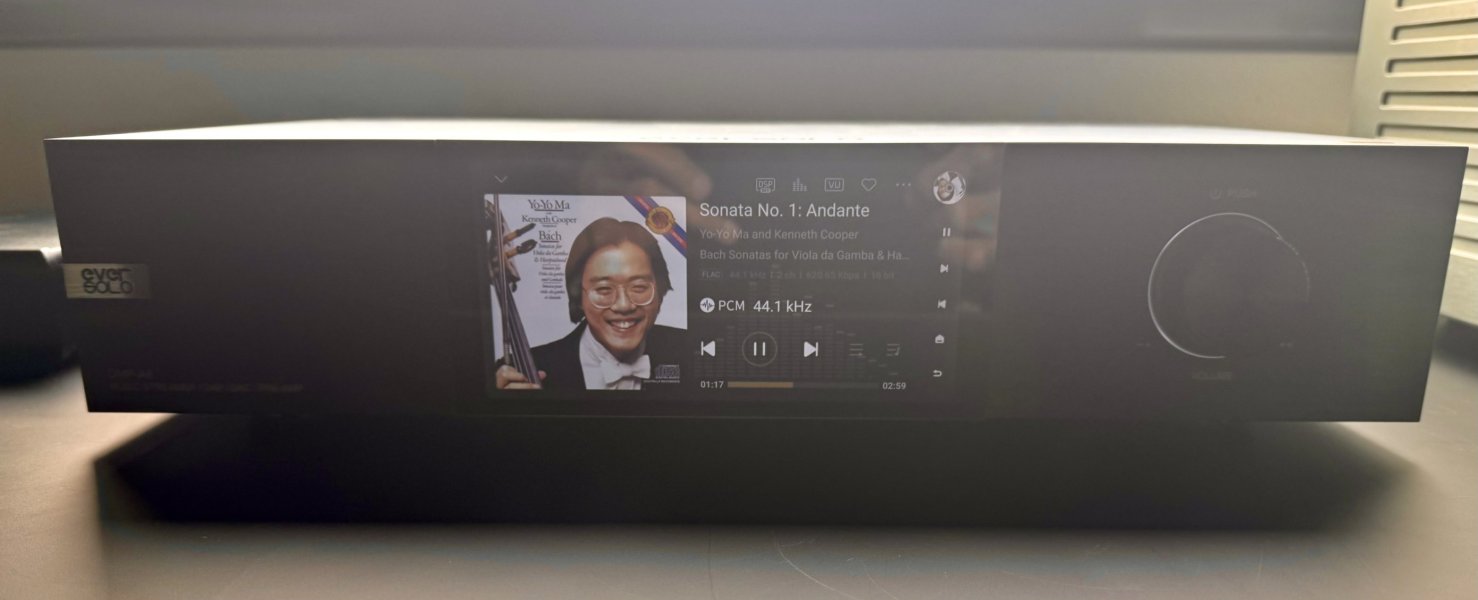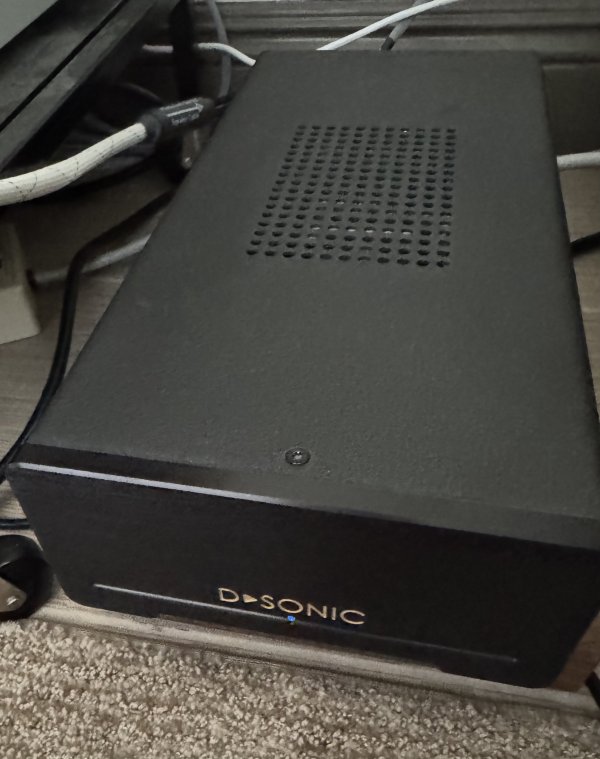In keeping with the holidays approaching us next week, it seems appropriate to hear the world’s oldest continuously operating choir — the Sistine Chapel choir — sing Christmas music in the world’s most iconic recording venue under Michelangelo’s famous frescoes that millions come to see each year. This recording like the other ones in this series are challenging to reproduce because of the incredible resonances of the venue. The added challenge is how to reproduce the crystalline clarity of so many voices. The music is chosen from the Vatican’s vast repertoire of compositions and include pieces that were originally performed in this venue, giving it a historical heft that’s hard to equal. The recording engineers have wisely decided to record these pieces with a generous amount of ambience. No spotlighting of voices here. The big SL’s envelop you in the natural ambience of the venue. The echoes seem to last for an eternity. It seems as if the sound is traveling all the way to the heavens beyond, an acoustical trick no doubt done to create this effect on the faithful who heard the masses performed here over two millennia. It’s a rare treat to hear this most secretive of choral groups finally opening up their vast archives of music. I hope further recordings in this series continue to be released. Kudos to DG for commissioning this series.



















